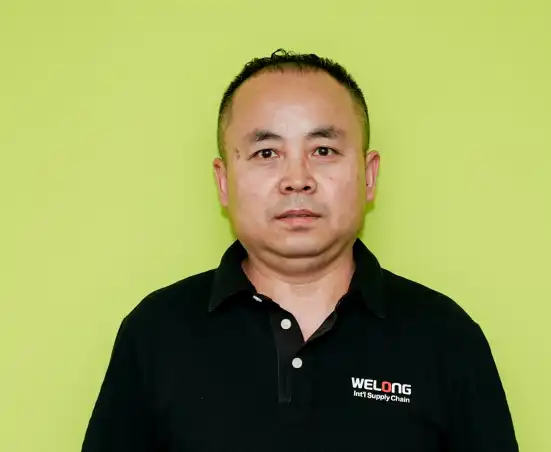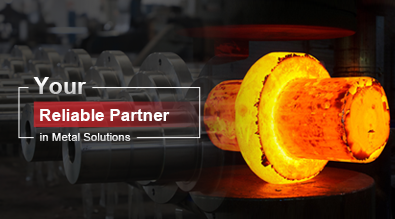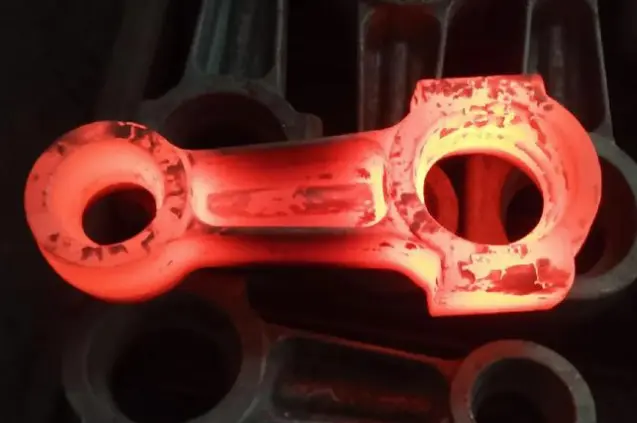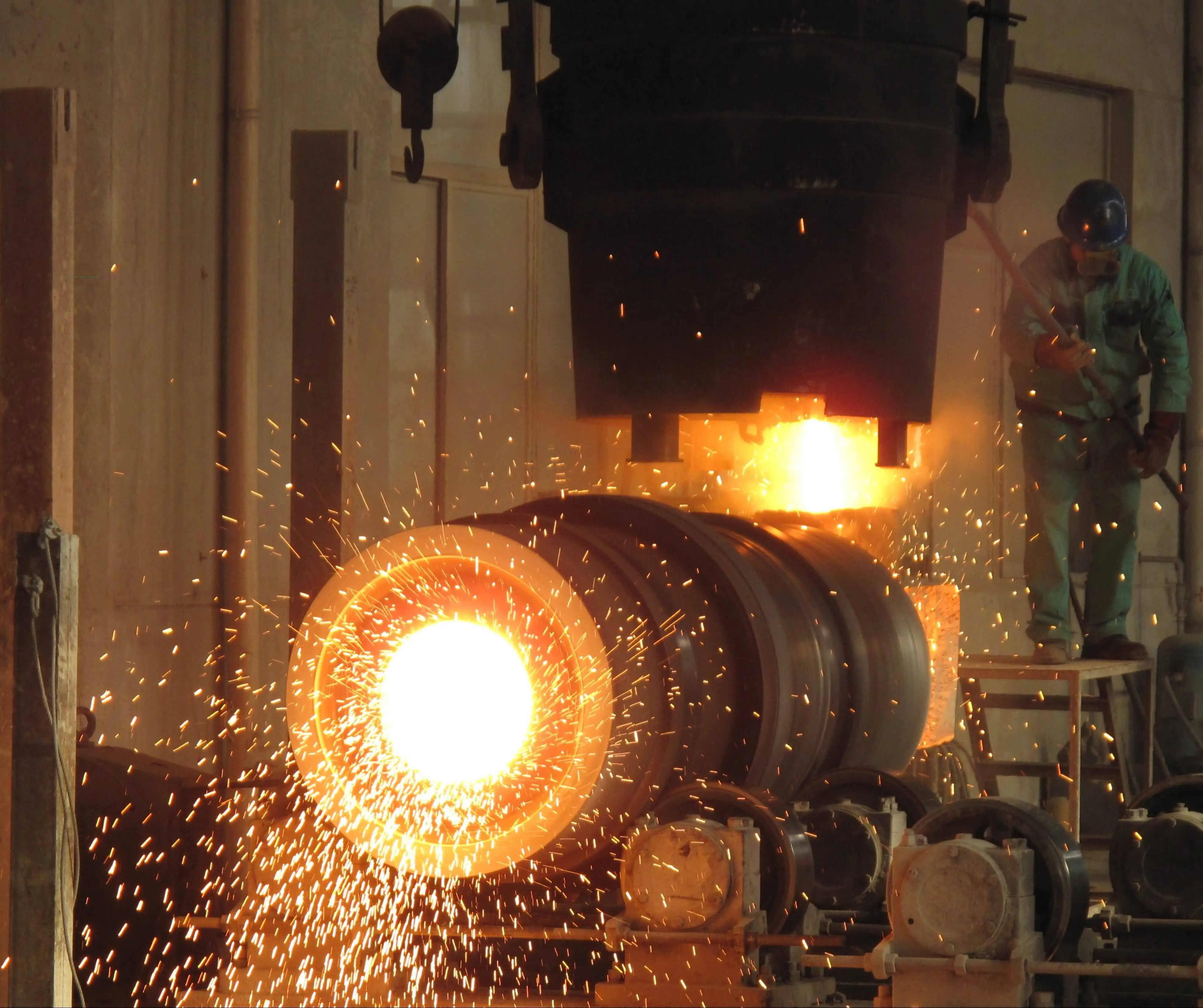What are the primary advantages of aluminum die casting in modern manufacturing?
Cost-effectiveness for high-volume production
Aluminum die casting offers significant cost advantages for high-volume production, making it an attractive option for manufacturers across various industries. The process allows for rapid production cycles, with the ability to create multiple parts simultaneously using multi-cavity molds. This high-speed manufacturing capability translates to lower per-unit costs, especially as production volumes increase. Die casting also minimizes material waste, as excess aluminum can be easily recycled and reused in subsequent production runs. The precision of the die casting process reduces the need for extensive post-casting machining, further contributing to cost savings. Additionally, the durability of aluminum die casting molds allows for extended production runs, amortizing tooling costs over a large number of parts. These factors combine to make aluminum die casting a cost-effective solution for producing complex components in large quantities, particularly in industries such as automotive, where economies of scale are crucial.
Excellent dimensional accuracy and surface finish
One of the standout benefits of aluminum die casting is its ability to produce parts with exceptional dimensional accuracy and superior surface finish. The high-pressure injection of molten aluminum into precisely engineered molds ensures that even the most intricate details are faithfully reproduced in the final product. This level of accuracy is particularly valuable in industries where tight tolerances are critical, such as aerospace and medical device manufacturing. The smooth surface finish achieved through die casting often eliminates the need for additional finishing processes, saving time and resources in post-production. Moreover, the consistency of the die casting process ensures that each part produced meets the same high standards of accuracy and finish, which is essential for applications requiring interchangeable components. The ability to achieve such precision and quality in a single manufacturing step sets aluminum die casting apart from other metalworking processes and contributes to its widespread adoption in the production of complex, high-performance parts.
Versatility in design and material options
Aluminum die casting offers remarkable versatility in both design possibilities and material selection, making it a preferred choice for a wide range of applications. The process allows for the creation of complex geometries, including thin walls, intricate details, and internal passageways, that would be difficult or impossible to achieve with other manufacturing methods. This design flexibility enables engineers to optimize parts for performance, weight reduction, and functionality without compromising structural integrity. In terms of materials, while aluminum alloys are the most common choice, die casting can also be performed with other non-ferrous metals such as zinc, magnesium, and copper alloys. Each material offers unique properties, allowing manufacturers to select the best option for specific application requirements, whether it's the lightweight strength of aluminum, the excellent flow characteristics of zinc, or the high conductivity of copper alloys. This versatility in design and material options makes die casting an adaptable solution for diverse industries, from automotive and aerospace to consumer electronics and industrial machinery.
How does die life impact the efficiency and cost-effectiveness of aluminum die casting?
Factors affecting die longevity
The longevity of die casting molds is a critical factor in the overall efficiency and cost-effectiveness of the manufacturing process. Several key factors influence die life, including the choice of die materials, thermal management, and the specific alloy being cast. High-quality tool steels with good heat resistance and wear properties are essential for extending die life, especially when casting aluminum alloys with high melting points. Thermal cycling during the casting process subjects the die to significant stress, making proper thermal management crucial. This includes effective cooling systems and the use of lubricants to minimize thermal shock and reduce wear. The composition of the aluminum alloy being cast also plays a role, as some alloys are more abrasive or have higher melting points, potentially accelerating die wear. Additionally, the complexity of the part design can impact die life, with intricate features and thin sections potentially creating areas of increased stress or wear. Understanding and optimizing these factors is essential for maximizing die life and maintaining the economic viability of the die casting process over extended production runs.
Maintenance strategies for prolonging die life
Implementing effective maintenance strategies is crucial for prolonging die life in aluminum die casting operations. Regular inspection and cleaning of the die surfaces help identify and address wear patterns or damage before they lead to part defects or catastrophic failure. Proper lubrication practices, including the use of appropriate release agents, not only facilitate part ejection but also help protect the die surfaces from wear and thermal stress. Periodic polishing or resurfacing of the die cavities can restore surface quality and dimensional accuracy, extending the usable life of the mold. In some cases, localized repairs or the replacement of wear-prone inserts can significantly extend the overall life of the die. Advanced monitoring techniques, such as thermal imaging and pressure sensors, can provide valuable data on die performance and help optimize process parameters to reduce wear. Additionally, careful control of process variables such as injection pressure, metal temperature, and cycle time can minimize the stresses placed on the die during operation. By implementing a comprehensive maintenance program that combines preventive measures with data-driven optimization, manufacturers can significantly extend die life, reduce downtime, and improve the overall cost-effectiveness of their die casting operations.
Economic implications of die life on production costs
The economic implications of die life on production costs in aluminum die casting are significant and multifaceted. The initial investment in a high-quality die can be substantial, often representing a significant portion of the overall project cost. However, a well-designed and properly maintained die can produce hundreds of thousands or even millions of parts over its lifetime, effectively amortizing the initial cost over a large production run. Longer die life translates to reduced downtime for die replacement or repair, enhancing overall production efficiency and throughput. This increased uptime is particularly crucial in high-volume manufacturing environments where continuous operation is essential for meeting production targets and maintaining profitability. Moreover, extended die life reduces the frequency of die replacement, which not only saves on the direct cost of new tooling but also minimizes the associated setup and qualification time for new dies. On the other hand, premature die failure or excessive wear can lead to increased scrap rates, quality issues, and unscheduled downtime, all of which can significantly impact production costs and profitability. By focusing on maximizing die life through proper design, material selection, and maintenance practices, manufacturers can optimize their production economics, reduce per-part costs, and maintain a competitive edge in the market.
What are the key considerations for material selection in aluminum die casting?
Aluminum alloy properties and their impact on casting quality
The selection of appropriate aluminum alloys is a critical consideration in die casting, as the properties of the chosen alloy significantly impact the quality and performance of the final product. Different aluminum alloys offer varying combinations of strength, ductility, corrosion resistance, and castability. For example, alloys with higher silicon content, such as A380 and A383, offer excellent fluidity and are well-suited for complex, thin-walled castings. These alloys also provide good wear resistance and maintain strength at elevated temperatures, making them popular choices for automotive engine components. Alloys with higher copper content, like A390, offer improved strength and hardness but may have reduced ductility. The magnesium content in alloys such as A518 can enhance corrosion resistance and weldability, which is beneficial for marine applications or parts that require post-casting welding operations. Understanding the relationship between alloy composition and casting characteristics is essential for achieving the desired balance of properties in the final product. Factors such as solidification range, thermal conductivity, and coefficient of thermal expansion all play roles in determining how well an alloy will perform in the die casting process and in the end-use application.
Balancing performance requirements with processability
In aluminum die casting, striking the right balance between performance requirements and processability is crucial for successful production. While certain alloys may offer superior mechanical properties or corrosion resistance, they may also present challenges in terms of castability or die life. For instance, high-strength alloys often have higher melting points and narrower solidification ranges, which can increase the risk of casting defects and accelerate die wear. Conversely, alloys with excellent flow characteristics and wide solidification ranges may be easier to cast but might not meet the strength or durability requirements of the application. Engineers must carefully consider factors such as fill time, gate design, and cooling rates when selecting an alloy to ensure that the desired part geometry can be achieved without compromising quality or production efficiency. Additionally, post-casting treatments such as heat treatment or surface finishing must be taken into account, as some alloys respond better to these processes than others. The goal is to find an optimal compromise that satisfies the performance criteria of the end product while also ensuring a stable, efficient manufacturing process. This often involves close collaboration between material scientists, design engineers, and production specialists to develop custom alloy formulations or modify existing alloys to meet specific requirements.
Emerging trends in aluminum alloy development for die casting
The field of aluminum alloy development for die casting is continuously evolving, driven by demands for improved performance, lighter weight, and enhanced sustainability. One significant trend is the development of high-strength aluminum alloys that can compete with traditional materials like steel in structural applications. These advanced alloys often incorporate nanoscale precipitates or utilize novel heat treatment processes to achieve superior strength-to-weight ratios. Another emerging trend is the focus on alloys specifically designed for additive manufacturing processes, which can complement traditional die casting for the production of complex, lightweight structures. Researchers are also exploring the potential of aluminum-lithium alloys for die casting applications, aiming to further reduce weight while maintaining or improving mechanical properties. In response to environmental concerns, there is growing interest in developing alloys with higher recycled content and improved recyclability, without compromising performance. Additionally, the integration of computational materials science and machine learning is accelerating the discovery and optimization of new alloy compositions tailored for specific die casting applications. These emerging trends in alloy development are expanding the capabilities of aluminum die casting, enabling the production of components that meet increasingly demanding performance requirements across various industries.
Conclusion
Aluminum die casting offers numerous benefits, including cost-effectiveness, precision, and design flexibility, making it a vital manufacturing process across various industries. The longevity and performance of die casting molds significantly impact production efficiency and costs, necessitating careful consideration of material selection, maintenance strategies, and economic factors. As the industry continues to evolve, advancements in alloy development and process optimization are expanding the capabilities of aluminum die casting, enabling the production of increasingly complex and high-performance components. By leveraging these innovations and focusing on die life considerations, manufacturers can maximize the advantages of aluminum die casting and maintain a competitive edge in today's dynamic manufacturing landscape.
For expert assistance in aluminum die casting and other metal manufacturing processes, consider partnering with Shaanxi Welong Int'l Supply Chain Mgt Co.,Ltd. With over 20 years of experience and certifications including ISO 9001:2015 and API-7-1, Welong specializes in customized metal parts for various industries. Their comprehensive capabilities include die casting, forging, sand casting, investment casting, and machining, with a wide range of materials and finishing options available. Welong's commitment to quality, cost-effectiveness, and timely delivery has earned them a global customer base spanning over 100 clients in countries such as the UK, Germany, USA, and Canada. For more information or to discuss your aluminum die casting needs, contact Welong at info@welongpost.com.
References
1. Smith, J. D. (2018). Advances in Aluminum Die Casting Technology. Journal of Materials Engineering and Performance, 27(10), 5213-5225.
2. Johnson, A. R., & Brown, L. M. (2019). Optimizing Die Life in High-Pressure Aluminum Die Casting. International Journal of Metalcasting, 13(4), 841-853.
3. Chen, X., & Wang, Y. (2020). Material Selection Strategies for Aluminum Die Casting Molds. Materials & Design, 188, 108454.
4. Thompson, S. K. (2017). Economic Analysis of Die Life Extension Techniques in Aluminum Die Casting. Journal of Manufacturing Processes, 30, 556-566.
5. Garcia-Hinojosa, J. A., et al. (2021). Emerging Aluminum Alloys for High-Performance Die Casting Applications. JOM, 73(5), 1456-1468.
6. Wilson, R. T. (2019). Thermal Management Strategies for Prolonging Die Life in Aluminum Die Casting. International Journal of Heat and Mass Transfer, 139, 1090-1101.




